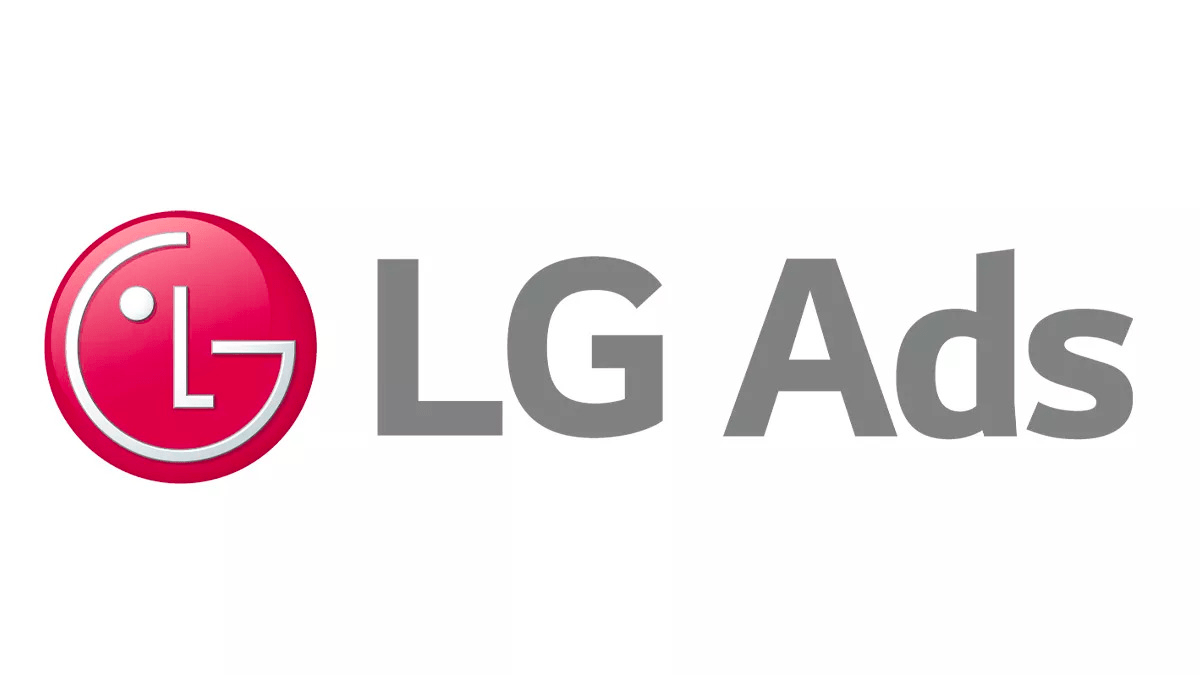This post was originally posted on LinkedIn Pulse by Aditya Bhelande
Publishers are today faced with a plethora of industry best practices and technologies that are rapidly evolving. This poses a dual challenge for Ad Ops team who have to be ready to quickly learn the new practices / technologies but also use it to its maximum potential.
This is over an beyond what the Ad Ops team has to focus on their daily task of generating gazillion reports, email them to specific teams / people, debugging technical issues and more, just to name a few.
Typically, Ad Ops team in such scenarios try to manage the situation by:
1. Push back adding new ad tech technologies in the mix. Since understanding new systems, using them takes time and increases data / operations complexities. But this means not having the ability to respond to an Advertisers / Agencies’ RFP and losing business.
2. Cutting back or limiting report generation for teams such as Revenue / Finance management and Sales. Well, that’s actually counter productive as it limits Sales ability to sell and Revenue Management’s ability to identify new revenue opportunities.
3. Hiring temp staff for Ad Ops or Outsource Ad Ops. But then again getting the new Ops team upto speed takes time and energy. And really, by the time they understand your business, processes and technology, the opportunity has aged or completely lost. It’s usually too little too late!
So how do you go from reactionary mode of putting out fires to managing and using the chaos to your advantage?
Given the above challenges there’s a need for a platform that can perform the following tasks for Ad Ops teams there by helping Ad Ops shift focus from repetitive to cognitive activities that push the revenue higher. A platform that enables automation for Ad Ops team should have the following features:
1. Automates the process from data collection to data consumption across cross-functional team. Data is collected and updated from various Ad Servers, SSPs, DSPs, etc with availability of at least 80% of business relevant KPIs out of the box! This enables Ad Ops to structure cross functional reports once and enable relevant users access to the reports with the real time information in a timely manner.
2. Continuously and rapidly integrates and updates data from various channels like Social, Mobile, Video and Display systems. Seamlessly assimilates data from various systems without massive programming efforts.
3. Provides cross-channel, cross-platform and cross-organization unified insights and benefits:
- Supply / Inventory management
- Demand Management
- Operations Management
- Revenue Management
In summary, this platform should be the single source of truth for driving various aspects of Publishers’ business. Such a platform should provide end-to-end visibility from Impression to Revenue. There by freeing Ad Ops team’s to perform value added deeper analysis helping push revenue upwards.
If your Ad Ops team suffering with time crunch, resource crunch, data management issues, then talk to us to get your team working as they should in 2016…




 Talk to a Media ERP Specialist
Talk to a Media ERP Specialist


















